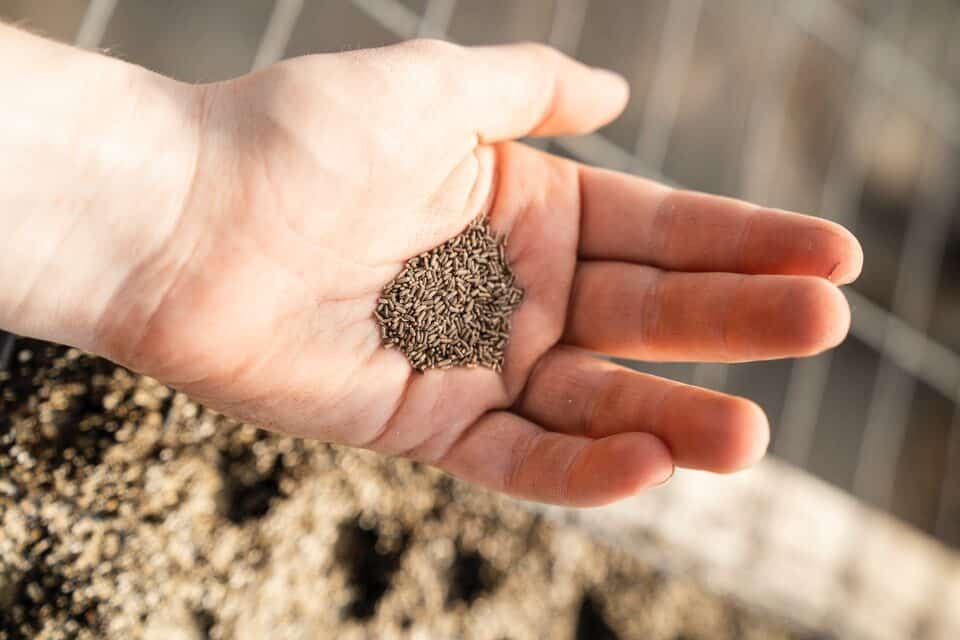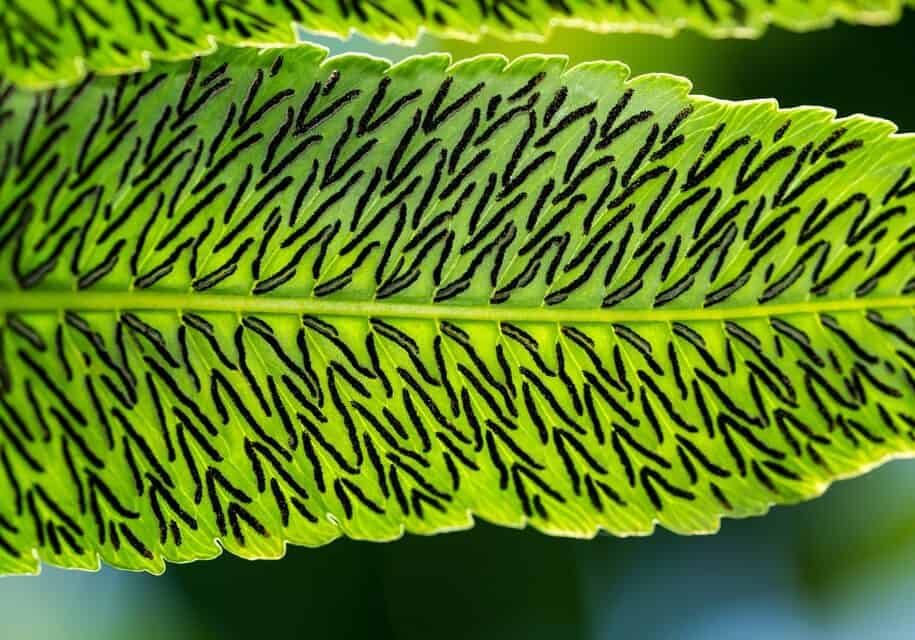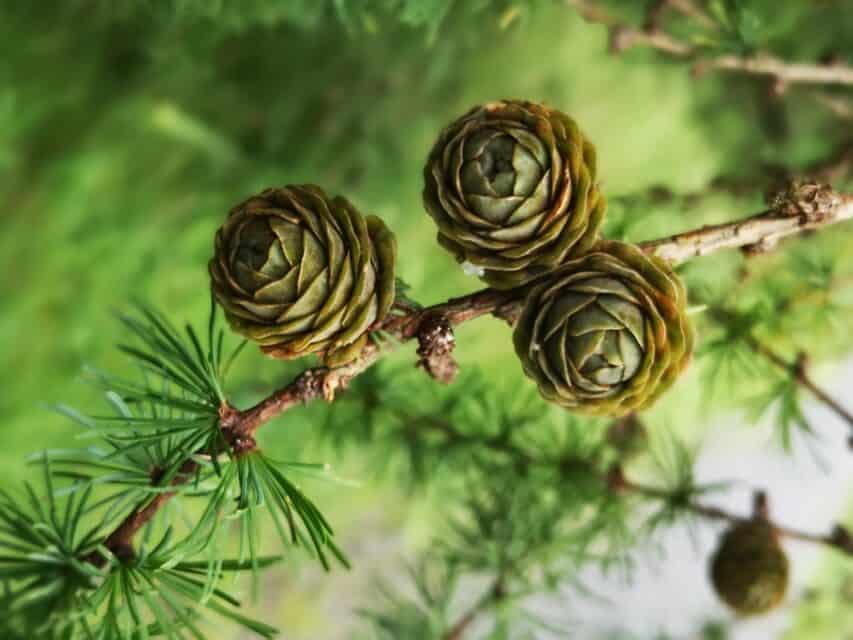We’re all familiar with the conventional seed you use to grow plants and then there are also spores. Often seen floating in the air during the height of summer and sticking to your clothes.
It is only biology that separates the seed and the spore, explained in detail in this article.
Table of Contents
What are seeds?
A seed is the undeveloped genetic code of a plant enclosed in a protective outer covering”. They are formed by the plant after pollinators fertilize them. These can be bees, other travelling insects or even the wind.
In some cases, we can even feminize seeds and alter their natural development manually.
In order for a seed to form, two different flowers on the same or separate plant need to be involved. The exact process depends on the plant.

Before pollination, seeds were ovules inside flowering plants or flower like structures waiting to be fertilized and create the seed which is capable of propagating new pant life in the right conditions.
What are spores?
The definition of a spore is “a typically one cell unit capable of producing new life without sexual fusion”. Therefore, a plant releasing spores is able to produce new life without fertilization and without cloning itself because spores contain both the male and female reproductive systems.

Spores can spread very easily. They can move through air currents, water systems and even on moving animals and insects. Making them very effective at finding a new place to grow.
What kind of plant produces spores?
Ferns, mosses, liverworts and green algae are all plants that have spores. There are two types of spores, those that contain the male and female version of the plant in one spore and plants that produce two different type of spores. Male and female and wait for two to come together in order to become fertilized
The difference between seeds and spores
There are two main differences between seeds and spores:
Firstly, spores can be produced by bacteria, algae, fungi and plants where seeds can only be produced by plants
Secondly, seeds contain a multi cellular fertilized structure that waits for the right conditions to develop whereas spores aren’t fertilized and are single cellular, waiting for the right conditions to duplicate. This is highlighted by their difference in size.
What do seeds and spores have in common?
- Seeds and spores are both used as reproduction strategies in plants
- Seeds and spores both reproductive mechanisms evolved to travel and spread. For example, a seed even as big as a coconut can float across oceans and form a coconut tree on a different body of land. Or a seed as small as an apple seed can be eaten by a horse and grow after being excreted in a different area of land.
In the same way, fungal spores can travel through water and re-grow somewhere else or plant spores can be blown by the wind and settle miles away.
- Seeds and Spores both wait for favourable condition in order to re-root and germinate
Can a plant produce both seeds and spores?
No they cannot. Typically, spores are produced by plants that do not seed such as ferns, mosses, liverworts and algae.
Spores are a lot older than seeds in evolution. Ferns date back to 350 million years ago where they reproduced in numbers and were one of the first plants to help create oxygen before flowering plants.
How are seeds and spores different to cones?

Cones are seeds but they were the first type of seeds to evolve so they look very different to typical seeds we may find in fruit for example.
Most cone bearing plants are from coniferous trees such as spruce or pine trees. They often are larger seeds covered in a hard outer layer or even multiple seeds all wrapped around an intricate shape, forming one cone. This clustering of seeds is typical of most conifers.
